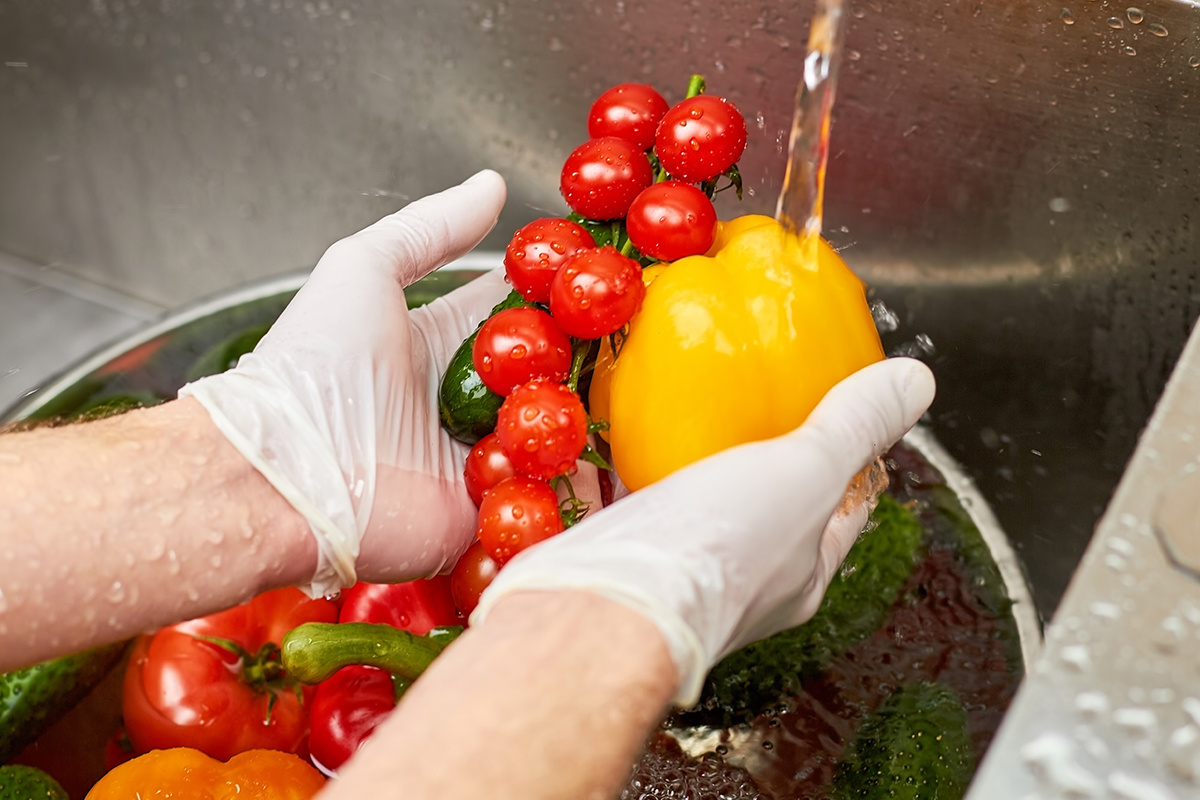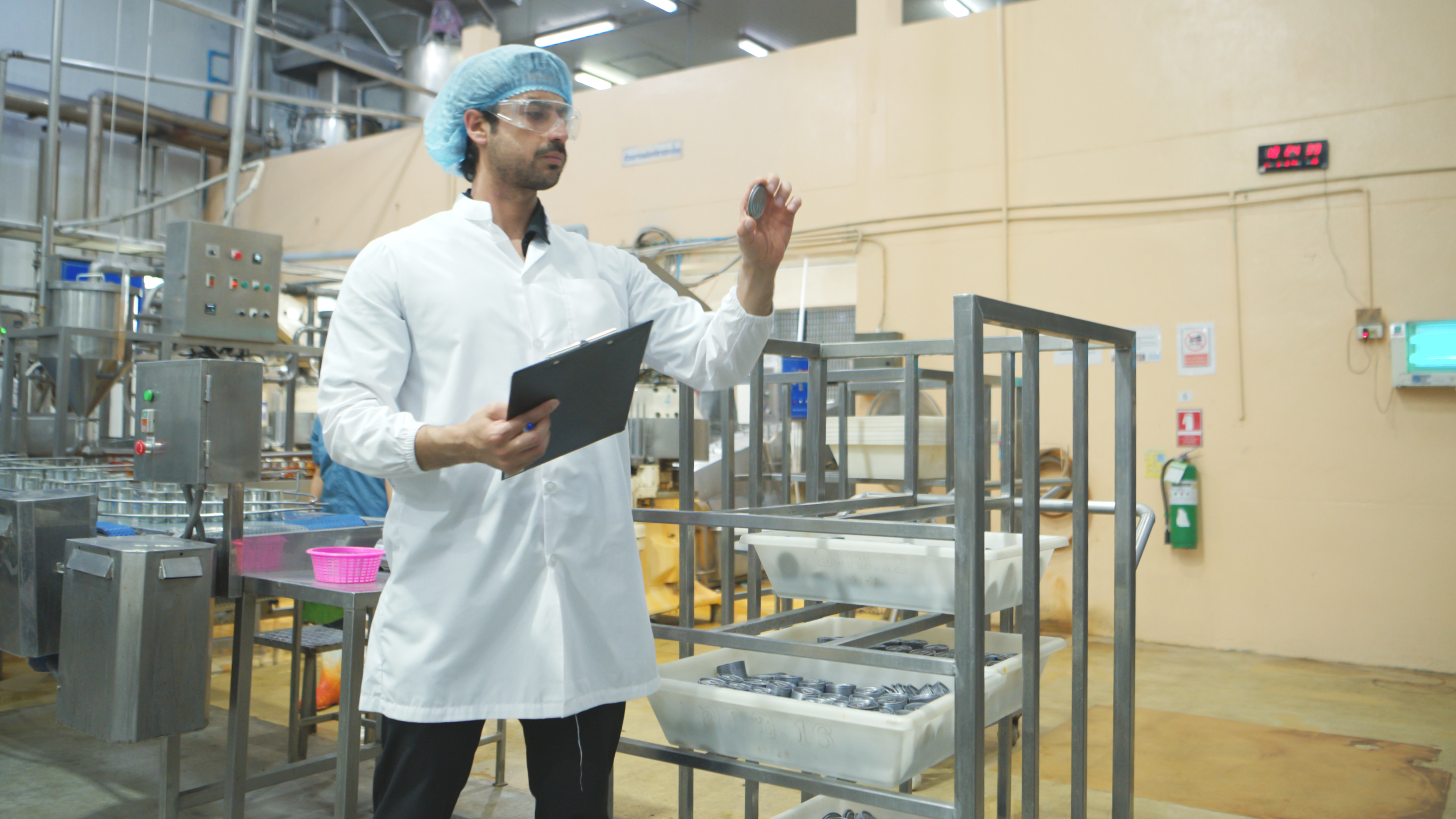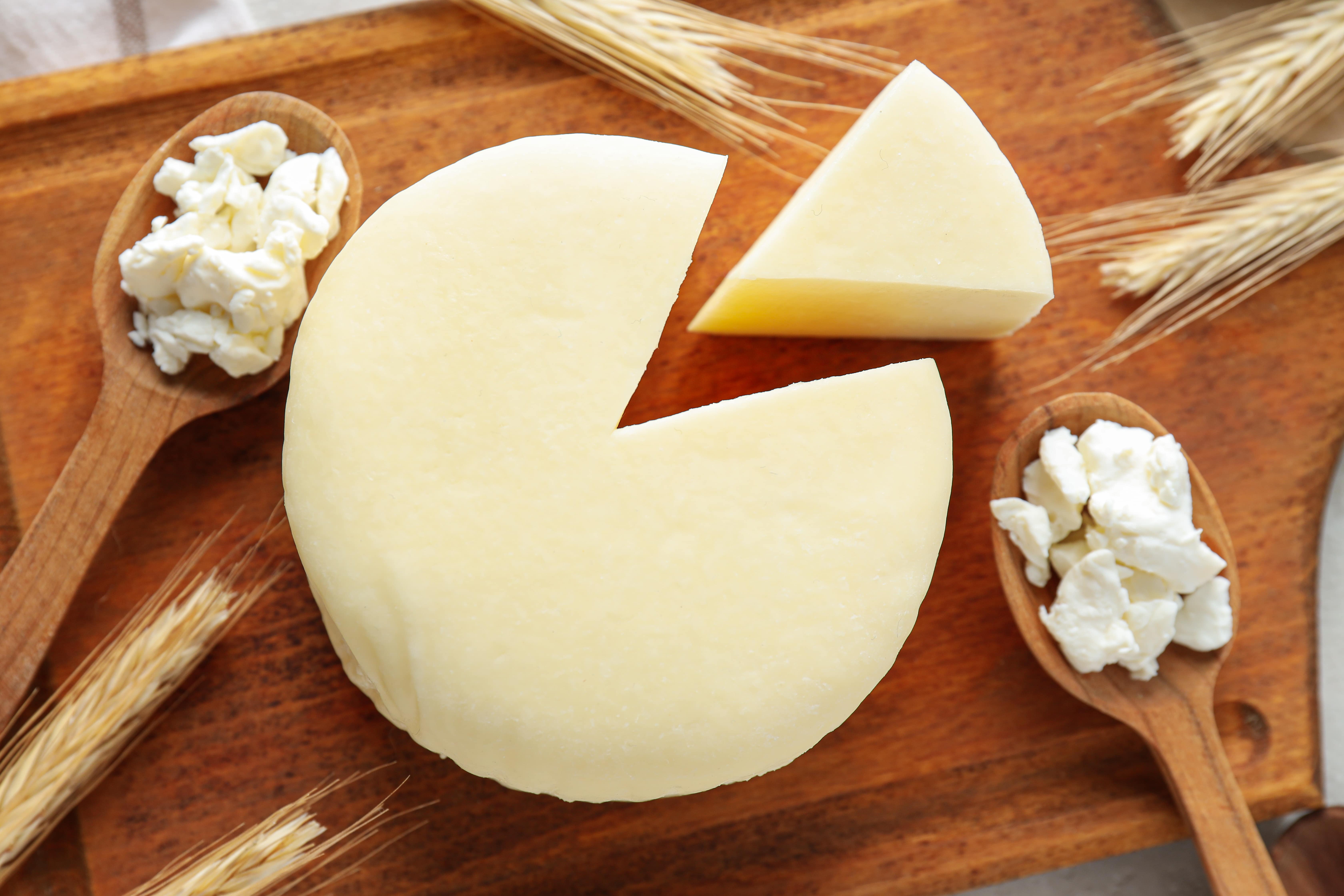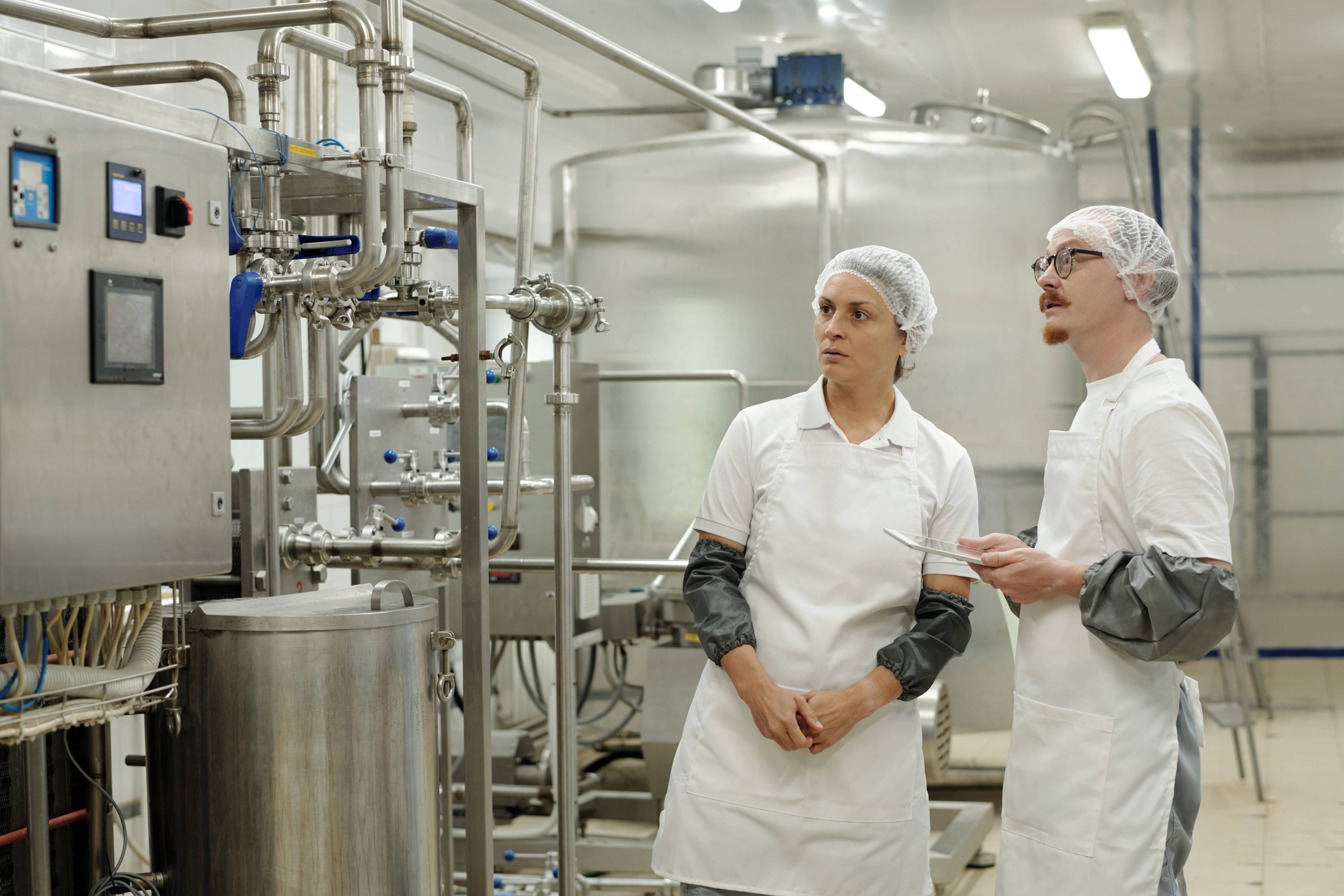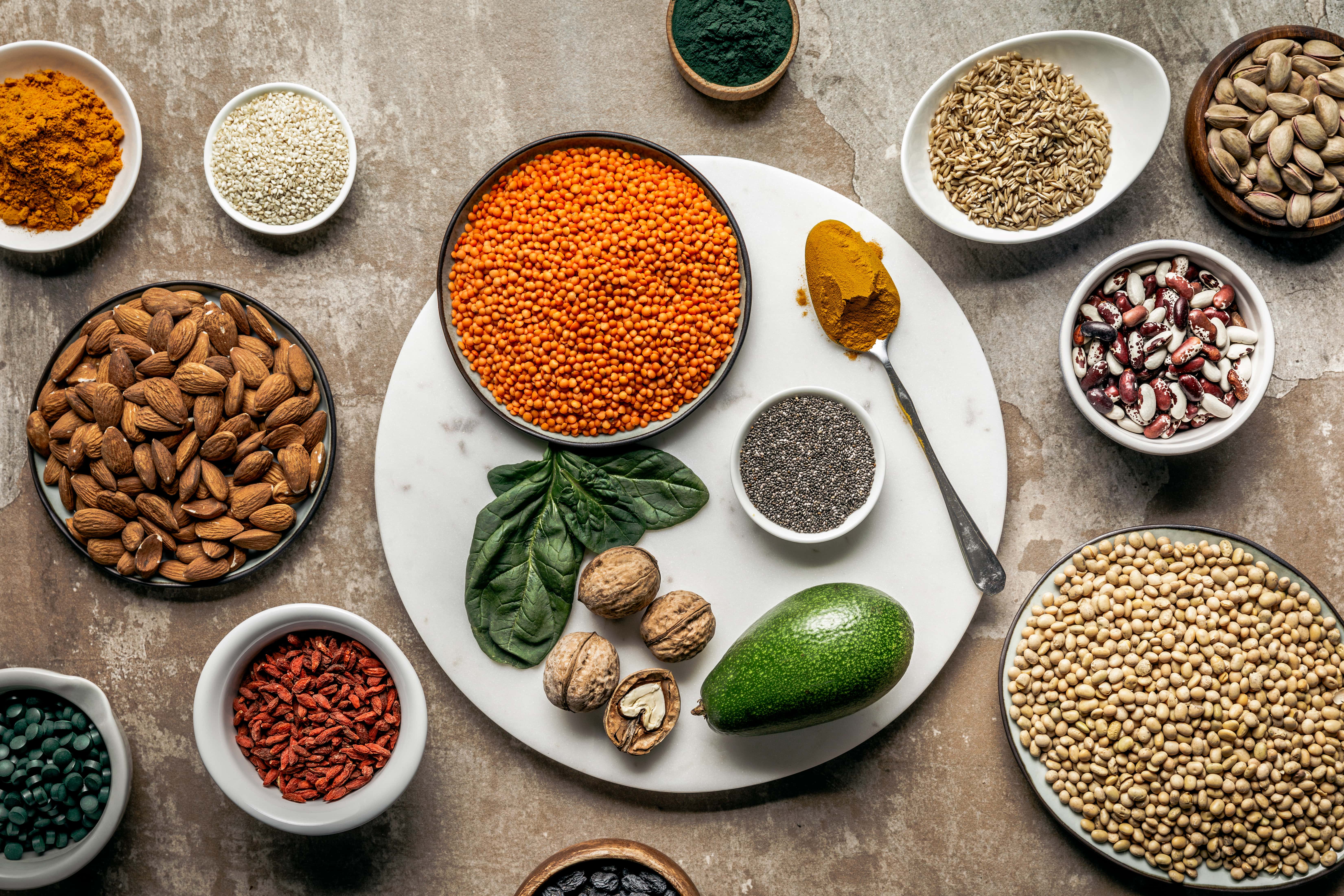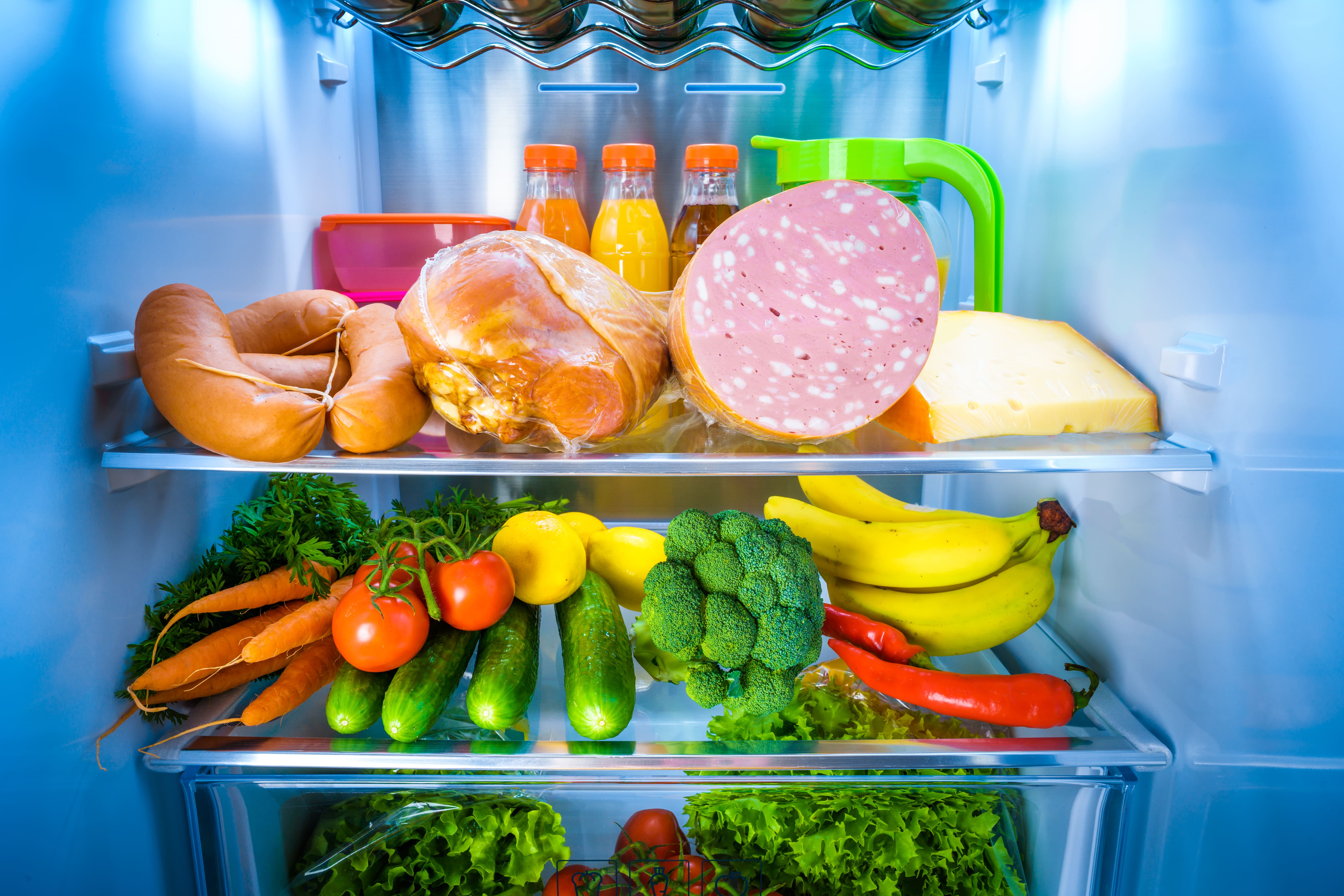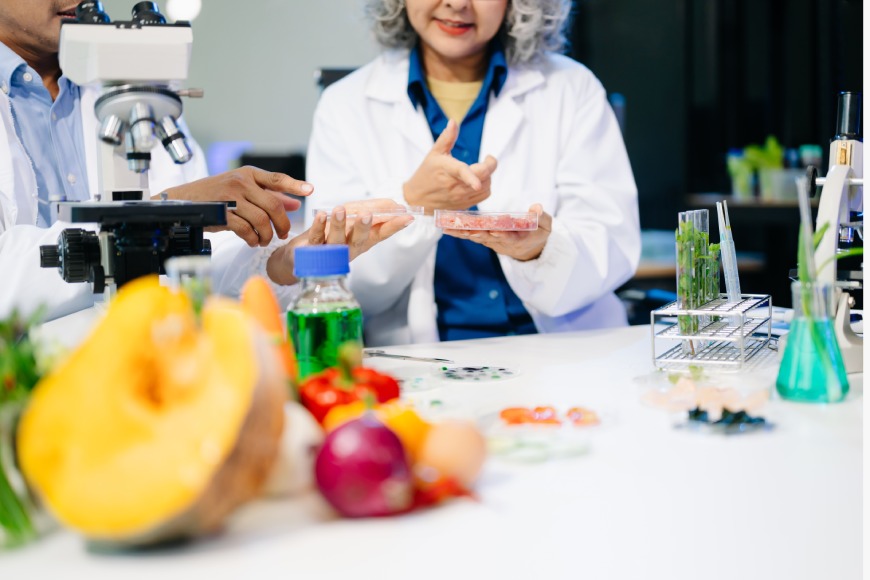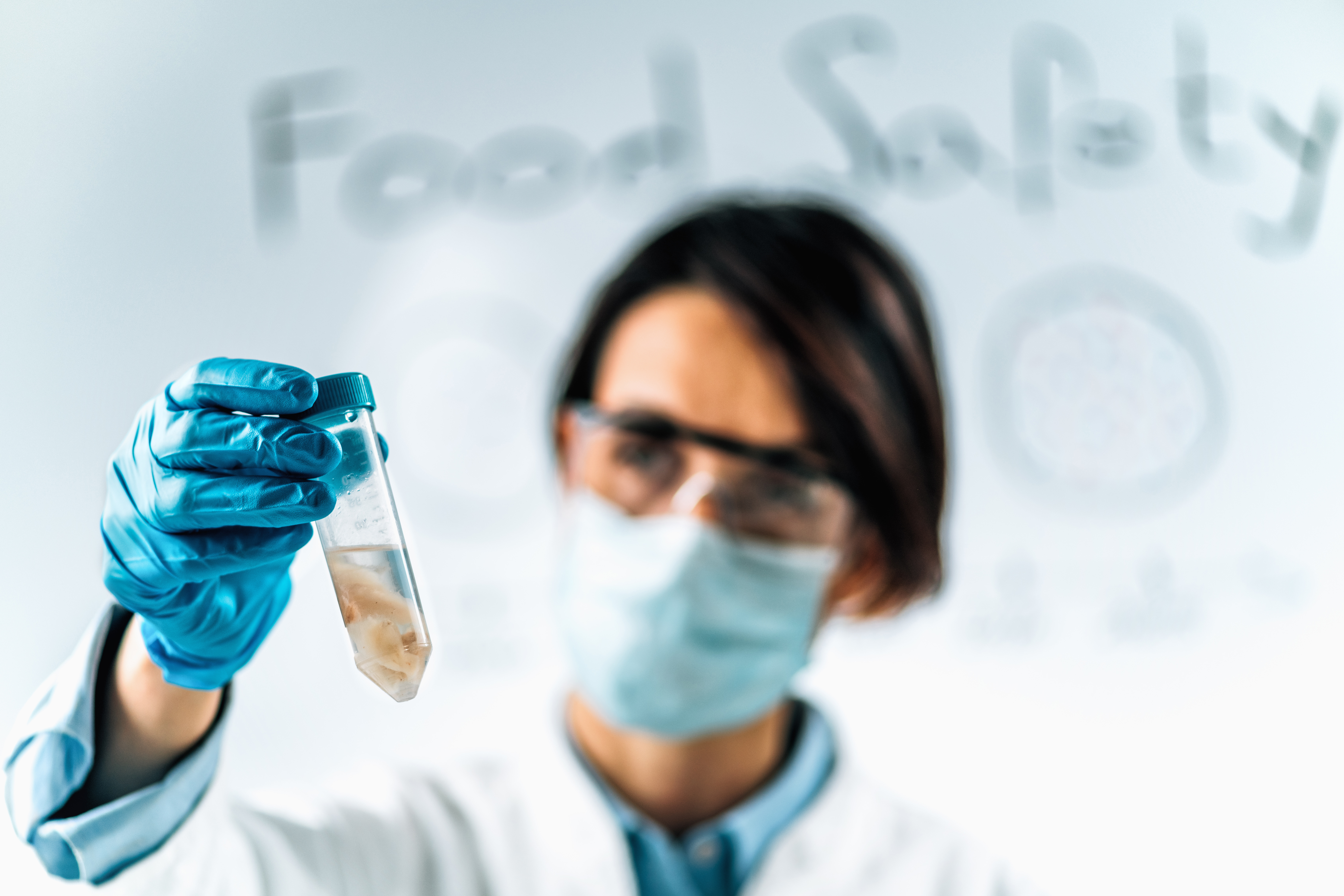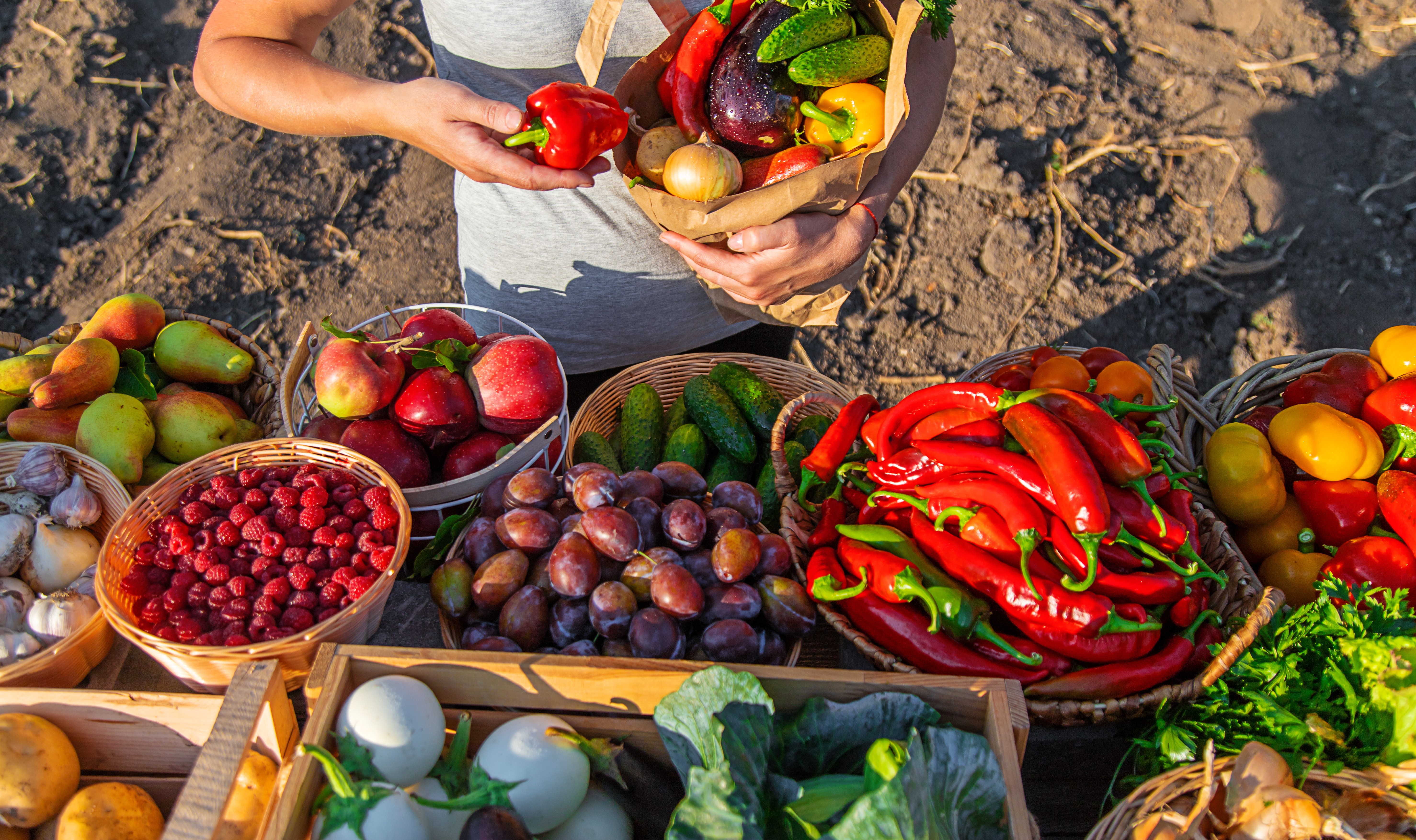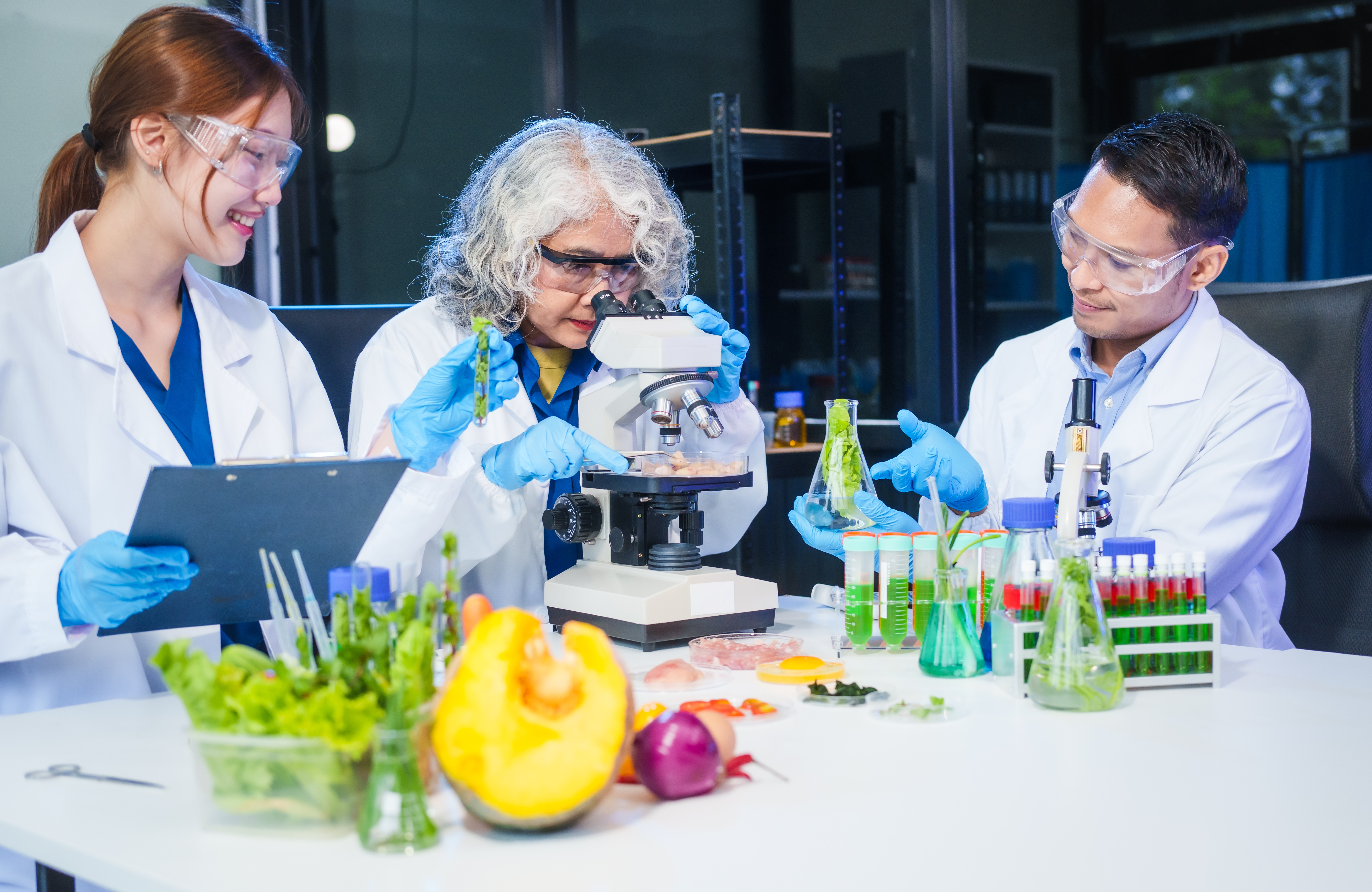Last Updated on May 5, 2025 by Admin
Table of Content
Food contamination is a critical concern in the food industry and among consumers, impacting food safety, quality, and public health. Understanding how is our food contaminated and the different types of contamination is essential for anyone involved in food preparation, from industry professionals to home cooks. This comprehensive guide explores biological contamination of food, along with three other major types, identifies common sources, and provides insights on how to prevent food contamination. By following proper food contamination prevention measures, we can ensure safer and healthier consumption for everyone.
What is Food Contamination?
Food contamination refers to harmful substances or conditions in food that can lead to foodborne illnesses. It can occur at any stage of the food production, processing, storage, and preparation process. Recognizing and understanding the various types of food contamination is the first step in preventing it and ensuring our food is safe and healthy.
Major Four Types of Food Contamination
The four main kinds of food contamination are biological, chemical, physical, and cross-contamination. Each type can make food unsafe.
1. Biological Contamination
Biological contamination occurs when harmful microorganisms such as bacteria, viruses, parasites, and fungi invade food. Common examples include Salmonella, E. coli, and Listeria. These microorganisms can multiply rapidly under favourable conditions, posing significant health risks.
2. Chemical Contamination
Chemical contamination happens when food comes into contact with chemicals, leading to contamination. It can include pesticides, food additives, cleaning agents, or toxins from contaminated water. Consuming chemically contaminated food can lead to acute poisoning or long-term health issues.
3. Physical Contamination
Physical contamination of food involves foreign objects such as glass, metal shavings, plastic, or wood. These contaminants can accidentally find their way into food during processing and preparation, posing choking hazards and potential injury.
4. Allergen Contamination
Allergen contamination involves the unintentional transfer of food allergens from one product to another. It can occur through shared equipment, utensils, surfaces, or airborne particles, making food unsafe for individuals with allergies.
Sources of Food Contamination
Identifying the sources of food contamination prevention is crucial in ensuring food safety. Biological contaminants can come from the animals we source meat from, the water used in farming, and even food handlers’ hands. Chemical contaminants often result from the misuse of chemicals in farming or cleaning processes. Physical contamination occurs due to improper handling and processing. Understanding these risks and implementing proper food contamination prevention measures can help maintain hygiene and protect consumers from health hazards.
Best Way to Prevent Food Contamination
Preventing food contamination involves a series of best practices aimed at minimising the risk of all types of food contamination
- Maintain Proper Hygiene
Regular hand washing, sanitising work surfaces, and using clean utensils are fundamental practices.
- Use Safe Ingredients
Ensure that all ingredients used are from safe, reputable sources. It includes checking for any chemical contaminants in products or ensuring that all raw materials are handled and stored correctly to avoid physical contamination of food.
- Proper Storage
Storing food at the right temperature and in appropriate conditions is crucial in slowing the growth of harmful microorganisms. It includes refrigerating perishable items promptly and keeping raw and cooked foods separate.
- Cooking and Preparing Food Safely
Cook foods to the right temperature to kill harmful microorganisms. Use different cutting boards and tools for raw and cooked foods to keep them from getting contaminated.
How Can Understanding the Types of Food Contamination Enhance Food Safety?
Understanding the types of food contamination is crucial in enhancing food safety measures. By identifying the 4 types of contamination in food individuals and businesses can tailor their practices to mitigate these risks effectively. Awareness and education about these contamination types allow for the implementation of targeted strategies, such as rigorous inspection processes, employee training, and strict hygiene controls. Recognizing and addressing each contamination type ensures the safety and integrity of food products, ultimately protecting consumers from potential harm and businesses from operational and reputational damage.
Conclusion
Recognizing the various types of food contamination, including the 4 types of contamination in food, specifically physical contamination of food and biological contamination of food, highlights the importance of comprehensive food safety training. Understanding how to prevent food contamination is crucial for individuals and businesses to enhance food handling practices. Proper education provides insight into contamination sources and the best prevention strategies. Investing in food safety training ensures high standards, protects consumers, and strengthens the reputation of the food industry by fostering a culture of safety in food production and service.



